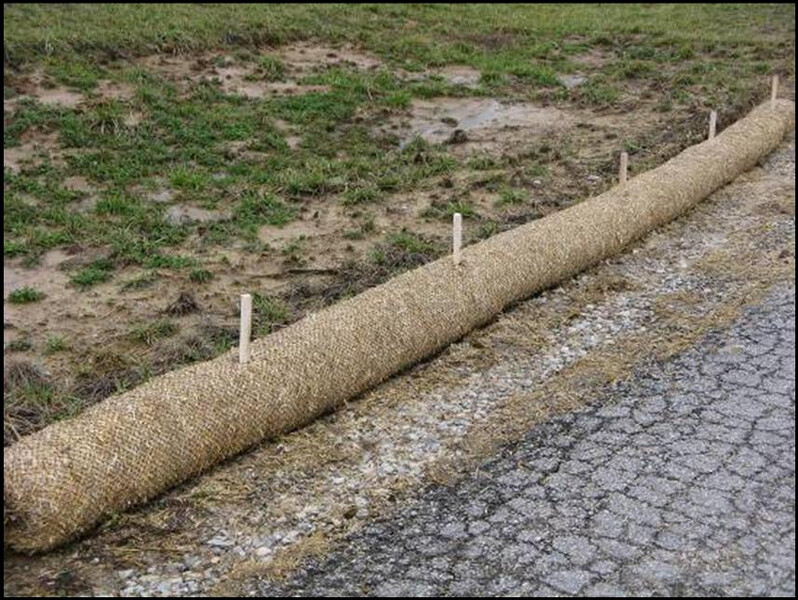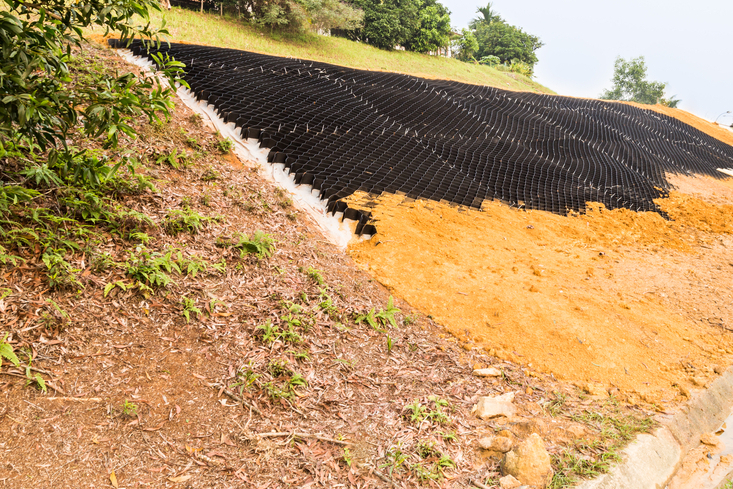Hydroseeding Solutions: A Greener Strategy to Land Management
Reliable Disintegration Control Strategies for Lasting Land Monitoring
Are you looking for methods to efficiently manage disintegration on your land? Discover the different kinds of disintegration and their impact on your land, as well as all-natural methods to regulate erosion. Find out exactly how to implement reliable erosion control measures and make certain appropriate monitoring and upkeep.
Significance of Disintegration Control in Sustainable Land Monitoring
Erosion control is essential for lasting land management since it helps stop dirt deterioration and loss. By applying effective disintegration control techniques, you can make sure the lasting health and performance of your land. Without proper erosion control procedures, dirt erosion can occur, causing the loss of valuable topsoil that is rich in nutrients needed for plant development.
One of the major factors disintegration control is important is since it aids to maintain soil fertility. It takes away the organic matter and nutrients that plants need to prosper when dirt deteriorates. This can cause reduced crop yields and reduced efficiency of the land. Furthermore, disintegration can cause sedimentation in neighboring water bodies, which can adversely influence marine communities.
An additional trick benefit of erosion control is the avoidance of land deterioration. By executing erosion control strategies such as terracing, shape plowing, and the use of cover plants, you can assist avoid land destruction and preserve the health of your land.

Kinds Of Disintegration and Their Effect On Land
Recognizing the numerous kinds of disintegration and exactly how they impact the land can help you execute better land management practices. Disintegration is the procedure through which soil, rocks, and other materials are gradually put on away and transported by all-natural pressures such as wind, ice, and water. There are four major kinds of disintegration: sheet erosion, rill disintegration, gully disintegration, and mass motion erosion.
Sheet disintegration occurs when a slim layer of soil is gotten rid of consistently from the surface area of the land. Rill erosion, on the various other hand, happens when tiny channels or rivulets are created on the land due to the flow of water.
Gully disintegration is much more severe and happens when larger gullies or networks are developed as a result of the continuous circulation of water. This kind of erosion can trigger substantial damage to the land, causing loss of topsoil and plant life. Finally, mass activity disintegration refers to the motion of huge quantities of soil and rocks downhill due to the force of gravity. This can happen in the type of landslides or sagging.
Comprehending these various kinds of disintegration and their influence on the land is important for reliable land monitoring. By implementing erosion control techniques such as terracing, contour plowing, and reforestation, you can reduce erosion and protect the stability of the land. Furthermore, practicing great land administration methods like correct plant turning, keeping ground cover, and making use of debris control measures can further help in avoiding erosion.
Natural Erosion Control Techniques for Sustainable Land Administration
By carrying out all-natural disintegration control techniques, you can successfully maintain the honesty and handle of your land. One efficient technique is the use of plant life, such as plants and lawns, to maintain dirt and protect against disintegration. Planting native varieties can aid enhance origin thickness and bind the soil together, lowering the risk of erosion triggered by hefty rains or wind (Memphis Erosion Control Solutions excavation). Furthermore, mulching is one more natural method that can help manage erosion. By using a layer of organic mulch, such as timber chips or straw, you can safeguard the dirt from the influence of raindrops, reducing soil compaction and drainage. One more all-natural erosion control approach is contouring the land. By developing shape lines or terraces on inclines, you can slow down the circulation of water and allow it to penetrate the dirt, reducing disintegration. In locations where disintegration is a substantial worry, installing erosion control coverings or floor coverings can be advantageous. These floor coverings are constructed from biodegradable products and aid support the dirt until greenery is developed. Overall, by using these all-natural erosion control methods, you can efficiently take care of and secure your land from disintegration, guaranteeing its lasting sustainability.
Carrying Out Reliable Disintegration Control Actions

To efficiently take care of and protect your land from disintegration, you should take into consideration executing proven techniques that can help minimize the threat. One such method is the usage of erosion control coverings. These blankets, made from artificial materials or all-natural fibers, are put on the soil surface area to stabilize it and stop disintegration. They help keep dampness, reduce sediment drainage, and promote the growth of plant life. One more efficient technique is making use of terracing. Terracing entails creating level platforms on sloping land, which assists to reduce down runoff and prevent erosion. It likewise permits the farming of plants on the terraced inclines. Additionally, planting greenery is a critical action in erosion control. Trees, shrubs, and grasses have comprehensive root systems that bind the soil together, decreasing erosion caused by wind and water. Mounting debris control actions such as silt fencings and debris ponds can help trap sediment and stop it from getting in neighboring water bodies. These actions are specifically vital throughout building and construction activities. By carrying out these verified erosion control methods, you can effectively shield your land and decrease the risk of disintegration and its destructive impacts.
Monitoring and Upkeep of Erosion Control Methods
When monitoring and preserving erosion control procedures, it is very important to routinely check the erosion control coverings, balconies, plants, and debris control steps to guarantee they are working effectively and efficiently protecting against erosion (Memphis Erosion Control Solutions erosion control company). By performing regular assessments, you can recognize any problems or shortages in the erosion control strategies and take essential actions to remedy them
Begin by inspecting the disintegration control coverings. Look for signs of damages or wear, such as splits or subjected dirt.
Inspect for signs of erosion, such as debris accumulation or unequal surfaces. Ensure why not try this out that the balconies are appropriately created and preserved to divert water circulation and minimize erosion.
Assess the vegetation in the erosion control location. Make sure that it is healthy and effectively covers the dirt. Search for any signs of plant stress and anxiety or condition, and address them quickly. Proper plant life protection helps stabilize the dirt and avoid erosion.
Finally, inspect the debris control procedures, such investigate this site as debris basins or sediment fences. See to it they are appropriately installed and functioning as meant. Remove any type of accumulated sediment and make certain that the controls are correctly kept.
Regular tracking and upkeep of erosion control procedures are essential for their long-lasting performance in stopping disintegration and maintaining sustainable land administration techniques.
Conclusion
In verdict, you need to prioritize disintegration control for lasting land monitoring. By understanding the various types of erosion and their impact on the land, you can execute effective natural disintegration control approaches.
Discover the various types of disintegration and their effect on your land, as well as all-natural techniques to regulate erosion. There are 4 primary kinds of erosion: sheet disintegration, rill erosion, recommended you read gully erosion, and mass activity erosion.
By carrying out erosion control methods such as terracing, shape plowing, and reforestation, you can reduce disintegration and preserve the stability of the land (Memphis Erosion Control Solutions erosion control). On the whole, by utilizing these natural disintegration control approaches, you can efficiently take care of and protect your land from erosion, ensuring its lasting sustainability
By understanding the various kinds of disintegration and their impact on the land, you can execute reliable all-natural erosion control techniques.